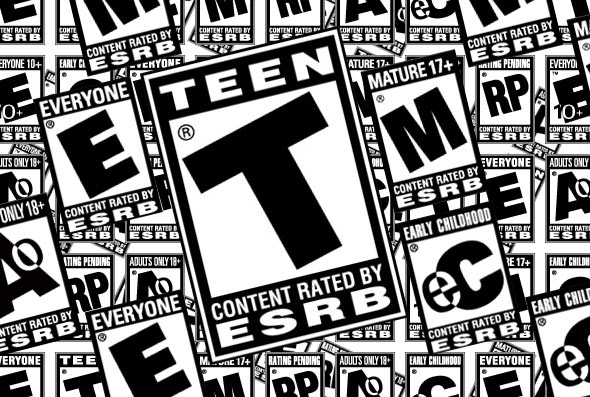The ESRB and Loot Boxes

April 10, 2018
The ESRB was founded on September 16, 1994 in response to the controversy of games such as Night Trap and Mortal Kombat. It is classified as an American self-regulatory organization that assigns age and content ratings to consumer video games. Recently, the ESRB has found itself in the line of fire for its pitiful attempt at classifying loot boxes after the consumer protection fiasco that was EA’s Star Wars Battlefront 2. To give credit where credit is due, EA has to some extent remedied the problem by limiting loot boxes to cosmetic items only and overhauling the progression system. The ESRB, however has made little attempt to protect consumers from practices such as EA at launch.
The ESRB, in response to the Battlefront Two fiasco, has added a new classification to their roster. The new classification is called “in-game purchases.” This will be used to label any game where purchases with real money can be made in-game. At first glance, this label seems to work just fine, but closer examination into the video game industry reveals the futility of this new label. The video game industry, at least the AAA segment, revolves around post-launch monetization. This monetization includes DLC, visual customization items, loot boxes, and premium currencies. Most AAA games employ at least some form of post-monetization. This results in almost every AAA game being marked with the “in-game purchases” classification. When every game is marked with it, then it loses meaning and doesn’t work to protect consumers.
In response to the controversy regarding the new label, the ESRB defended it by stating that most parents are unaware of what loot boxes are and making a unique label for such would do nothing but confuse parents. While I do, to an extent, agree that many parents are unaware of what loot boxes are, I don’t think that we should just avoid educating them. It’s like listing the dangerous ingredients in medicine. Most people won’t even be able to pronounce these ingredients, but medicine manufacturers still have a responsibility to be transparent and openly list these dangerous elements. The ESRB needs to step up and fulfill their responsibility to parents and properly educate them as to what content is actually in the game.

